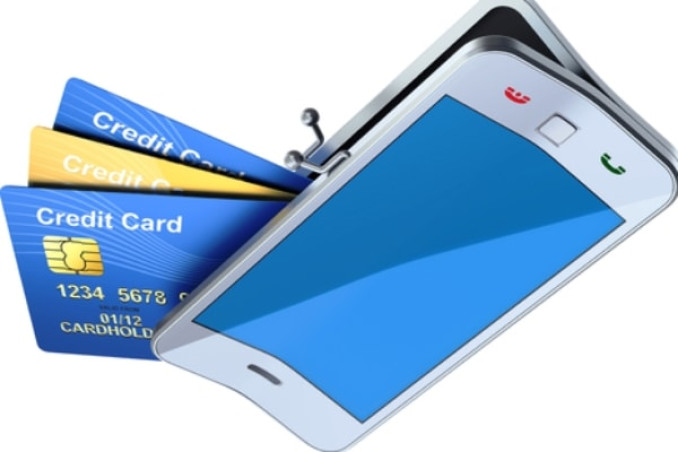Digital finance the future of economies

An economic development revolution lies literally in the palm of a single hand.
As mobile phones and digital technologies rapidly spread around the world, their implications for economic development, and particularly finance, have yet to be fully realised.
The sooner that changes, the better for people worldwide.
In emerging economies today, two billion people — 45 per cent of all adults — do not have a formal account at a bank, financial institution, or with a mobile money provider.
The “unbanked” rate is even higher for women, the poor, and people living in rural areas.
Moreover, at least 200 million small and medium-size enterprises lack sufficient credit or have no access to credit at all.
Entrepreneurship, investment, and economic growth suffer when savings are stored outside the financial system and credit is scarce and expensive.
Fortunately, according to a recent report by the McKinsey Global Institute, digital technologies — starting with mobile phones — can rapidly fix this problem and foster faster, more inclusive growth.
Mobile phones and the internet can reduce the need for cash and bypass traditional brick-and-mortar channels.
McKinsey estimates that if digital finance is widely adopted, it could add $3.7 trillion to emerging countries’ GDP by 2025.
REVOLUTION
As for financial inclusion, digital finance has two positive effects. First, it expands access.
In emerging markets in 2014, only about 55 per cent of adults had a bank or financial services account, but nearly 80 per cent had a mobile phone.
That 25 percentage point gap could be closed by making mobile banking and digital wallets a reality.
But a gender gap will also have to be closed: worldwide, about 200 million fewer women than men have mobile phones or internet access.
Second, digital finance reduces costs: McKinsey estimates that it would cost financial service providers 80-90 per cent less — about $10 per year, compared to the $100 per year it costs today — to offer customers digital accounts than accounts through traditional bank branches.
With digital finance, as many as 1.6 billion unbanked people — more than half of whom are women — could gain access to financial services, shifting about $4.2 trillion in cash and savings currently held in informal vehicles into the formal financial system.
This would allow for an additional $2.1 trillion to be extended as credit to individuals and small businesses.
Businesses could also save on labour costs, to the tune of 25 billion hours annually, by swapping cash transactions for digital payments.
And governments could take in an additional $110 billion every year because digital channels make tax collection cheaper and more reliable.
New mobile money services are already demonstrating digital finance’s potential.
In Kenya, M-Pesa — which transforms one’s phone into a mobile wallet — has leveraged powerful network effects to bring about a vast expansion in the share of adults using digital financial services.
But such success stories do not happen in a vacuum.
For starters, everyone needs a mobile phone with an affordable data plan.
FINANCIAL INCLUSION
While businesses can help, it is incumbent upon governments and non-governmental organisations to extend mobile networks to low-return areas and remote populations.
Governments must also ensure that networks between banks and telecommunications companies are interoperable, otherwise, widespread use of mobile phones for financial services and payments would be impossible.
Governments must establish universally accepted forms of identity as well so that service providers can control fraud.
Finally, governments must implement regulations that strike a balance between protecting investors and consumers and giving banks, retailers, and financial technology and telecommunications companies room to compete and innovate.
Because regulations often shut out non-bank competitors, governments should consider a tiered approach, whereby businesses without a full banking licence can provide basic financial products to customers with smaller accounts.
A good model for this is the United Kingdom’s “regulatory sandbox” for financial-technology companies, which imposes lower regulatory requirements on emerging players until they reach a certain size.
Financial inclusion is vital for inclusive economic growth and gender equality and has assumed a prominent role in global development efforts, with the World Bank aiming for universal financial inclusion by 2020.
With billions of people in emerging economies already using mobile phones, digital finance makes this goal achievable.
Laura Tyson, a former chairperson of the US President’s Council of Economic Advisers, is a professor at the Haas School of Business at the University of California, Berkeley.Susan Lund is a partner with the McKinsey Global Institute. Copyright: Project Syndicate, 2016.
SOURCE:THE NATION
 Africas leading resource for digital financial services
Africas leading resource for digital financial services


comments